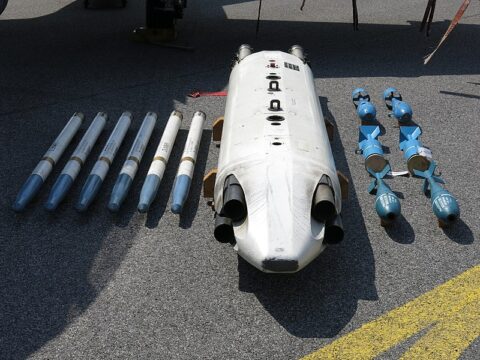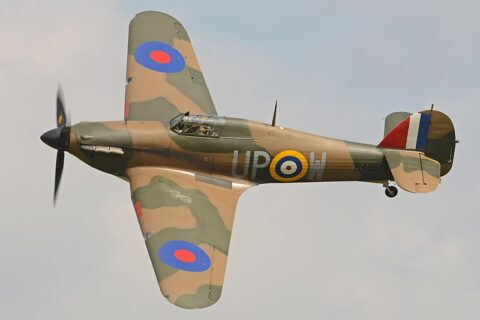In The Line, Alex McColl makes a case against granting a Ukrainian request for obsolete CRV7 70mm air-to-ground rockets:

An SUU-5003 bomblet dispenser with six CRV7 air-to-ground rockets (left) and six BDU-33 bombs (right).
Photo by Boevaya mashina via Wikimedia Commons.
Canadian parliamentary committees — and even the leader of the official opposition — are endorsing a request by the Ukrainian military to send that beleaguered country thousands of mothballed rockets that have not been adequately stored or maintained. The plan has received nothing but approval from Canadians; however, according to multiple sources I have interviewed, the rockets in question are probably useless. In a worst case scenario, a few could go off and hurt or kill the Ukrainians trying to jury rig them into a short-range rocket artillery weapon.
This is about Canada’s stockpile of expired CRV7 rocket motors, which were slated for environmentally responsible disposal twenty years ago. Despite this, these weapons are being requested by the Ukrainian military, which is desperate for any kind of munitions as the war with Russia drags on.
[…]
During the Cold War, the Canadian-made CRV7 was one of the best 70mm NATO rockets thanks to its powerful motor, high speed, and consistent accuracy. It was carried by NATO fighter jets and attack helicopters. In the early 1970s, it could outrange most Soviet short-range man-portable surface-to-air missiles (MANPADS), giving pilots an advantage in air-to-ground missions. Our pilots could shoot at the bad guys from far enough away that the bad guys couldn’t shoot back.
That was then. Today, surface-to-air weapons have advanced to the point where unguided rocket attacks are rarely worth the risk, which is why these rockets were retired 20 years ago.
One of the CAF officers I interviewed reached out again the next day to get in the final word. Here’s what I was told:
“In general, I’d say that the phase when donating from existing inventory was relevant ended in early 2023. Canada has donated many useful things, but focussed on what Canadian industry can provide, not what Ukraine desperately needs. Unarmed ACSVs and drone cameras are useful, but Ukraine needs predictable and reliable supplies of battle decisive munitions, most of all air defence missiles and artillery ammunition. The conversation Canada should be having isn’t about rotten surplus, but how we support new production of key ammunition, ideally at home but ultimately whoever we can fund to get it to Ukraine fastest.”
I couldn’t agree more.







